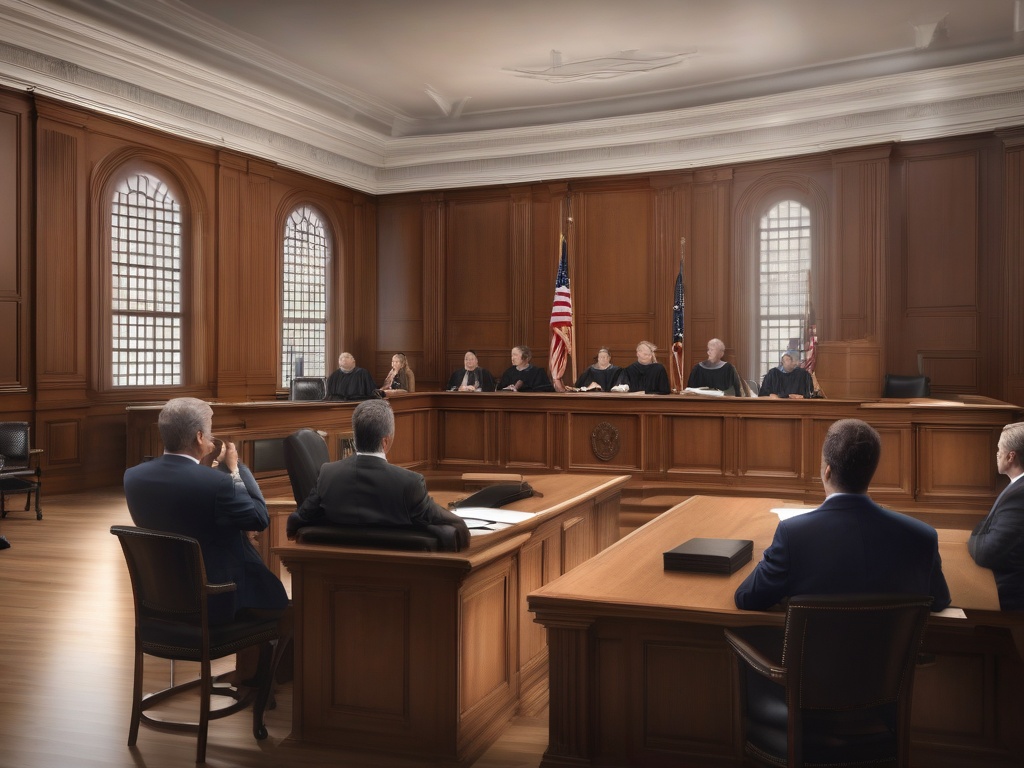Unveiling the Power of Defamation Law: Protecting Your Reputation in a Digital Age
In an era where information spreads at lightning speed through social media, blogs, and online news outlets, the importance of defamation law has never been more critical. A single false statement can tarnish a person’s reputation, destroy careers, and cause irreparable emotional distress. This legal framework serves as a vital shield, empowering individuals and entities to defend their integrity against damaging falsehoods. As the digital landscape continues to evolve, understanding how defamation law operates becomes essential for those seeking to safeguard their reputation from malicious or reckless statements.
Defamation law operates by establishing a legal remedy for those harmed by libel (written defamation) or slander (spoken defamation). It requires the injured party to prove that the statement was false, damaging, and made with a certain level of fault, whether intentional or negligent. The law balances the right to free speech with the right to protect one’s reputation, creating a complex yet crucial legal arena that adapts to new forms of communication and misinformation.
In the face of rampant misinformation, how does defamation law serve as a formidable shield in the digital age? The answer lies in its capacity to adapt to the nuances of online communication. Unlike traditional media, social media posts, comments, and viral videos can swiftly reach millions, amplifying harm exponentially. This has led to a surge in defamation claims related to online statements, prompting legal systems worldwide to refine their approach.
Key aspects of defamation law in the digital age include the necessity to demonstrate the falsity of the statement and the harm caused, as well as the importance of establishing the intent or negligence behind the statement. Courts increasingly recognize the unique challenges posed by anonymity and the rapid dissemination of information online. They emphasize that platform providers may have legal responsibilities to remove defamatory content once notified, reinforcing the protection of individuals’ reputations.
Ultimately, defamation law provides a powerful legal recourse for individuals facing defamation online, serving as a reminder that even in a boundless digital universe, accountability and truth remain paramount. Whether you’re a public figure, a private citizen, or a business, understanding these protections is crucial to navigating the complex terrain of digital communication and preserving your reputation against unwarranted attacks.
The Intricate Mechanics of Defamation: How Laws Shield Against Malicious Lies
At the core of defamation law lies a sophisticated framework designed to sift truth from falsehood, ensuring that justice is served without infringing on the fundamental right to free expression. This legal mechanism functions as an essential safeguard, meticulously balancing the protection of individual reputation with the societal value of open discourse.
One of the most pivotal elements in this intricate system is the requirement to establish the falsity of the statement. Without proof that the information disseminated is factually incorrect, legal action cannot proceed. This criterion acts as a crucial filter, preventing baseless accusations from overwhelming the courts while reinforcing the importance of truth as the cornerstone of credibility. Additionally, the law mandates that the accused’s intent or negligence be demonstrated, which distinguishes malicious actors from those who may have made honest mistakes. This nuanced approach ensures that accountability is reserved for those who intentionally or recklessly spread damaging falsehoods.
Furthermore, the law recognizes the unique challenges posed by digital communication. Online platforms, with their rapid dissemination and often anonymous users, complicate the process of attribution and proof. As a result, courts have become increasingly adept at scrutinizing the context, reach, and impact of online statements. They may consider factors such as whether the defendant acted with reckless disregard for the truth or deliberately aimed to harm. This comprehensive analysis underscores the law’s adaptability in an ever-evolving information landscape, underscoring its role as a formidable shield against malicious lies.
Defamation Law in Action: Key Elements and Legal Strategies for Justice
When it comes to pursuing justice through defamation law, grasping the essential elements that constitute a valid claim is paramount. At the heart of every case lies the necessity to demonstrate that the allegedly harmful statement was indeed false, as truth is a complete defense against defamation. This emphasizes the importance of meticulous fact-checking and evidence gathering before initiating legal action. Additionally, the injured party must establish that the statement was published or communicated to a third party, amplifying the reach and potential damage of the falsehood. The legal process further requires proof that the false statement resulted in tangible harm—whether to reputation, career, or emotional well-being—making clear the direct impact of the defamation. Courts scrutinize whether the defendant acted with malicious intent or reckless disregard for the truth, as this distinction influences the severity of liabilities and damages awarded. The convergence of these elements forms a robust framework that filters out baseless accusations while ensuring accountability for malicious actors, especially in the fast-paced digital environment where misinformation can spread unchecked.
Successfully navigating a defamation claim demands a combination of strategic planning and a nuanced understanding of the law’s intricacies. A key strategy involves establishing a pattern of falsehoods, demonstrating that the defendant repeatedly engaged in reckless or intentional dissemination of harmful misinformation. This approach not only strengthens the case but also underscores the malicious intent behind the statements. Legal professionals often leverage digital evidence, including screenshots, archived posts, and metadata, to substantiate claims of publication and reach. Furthermore, courts increasingly recognize the importance of context, especially online, where statements can be taken out of context or misrepresented. Plaintiffs may also pursue injunctions to swiftly remove defamatory content from platforms, minimizing ongoing harm while the case proceeds. Importantly, damages are carefully calculated, considering both tangible losses and non-economic impacts such as emotional distress. Ultimately, effective legal strategies in defamation cases aim to uphold the victim’s reputation, hold wrongdoers accountable, and reinforce the societal value placed on truthful discourse, particularly amidst the complexities of digital communication.

